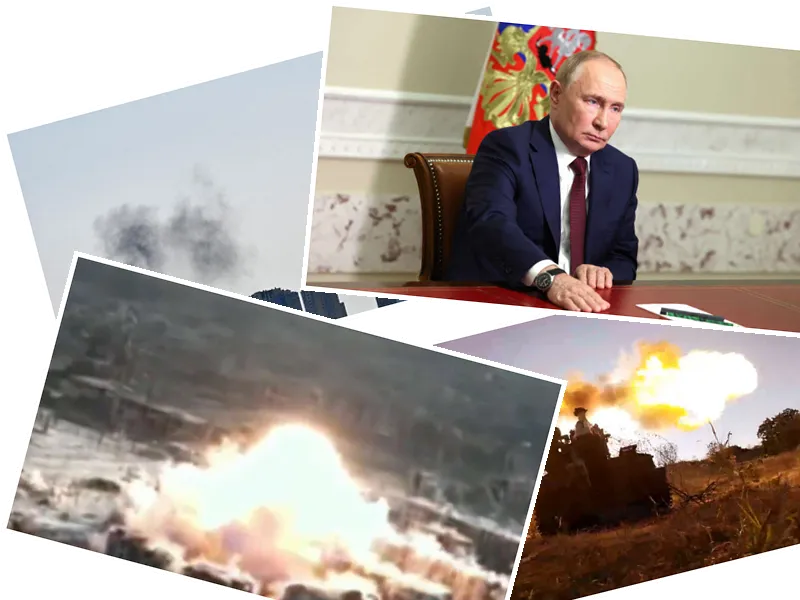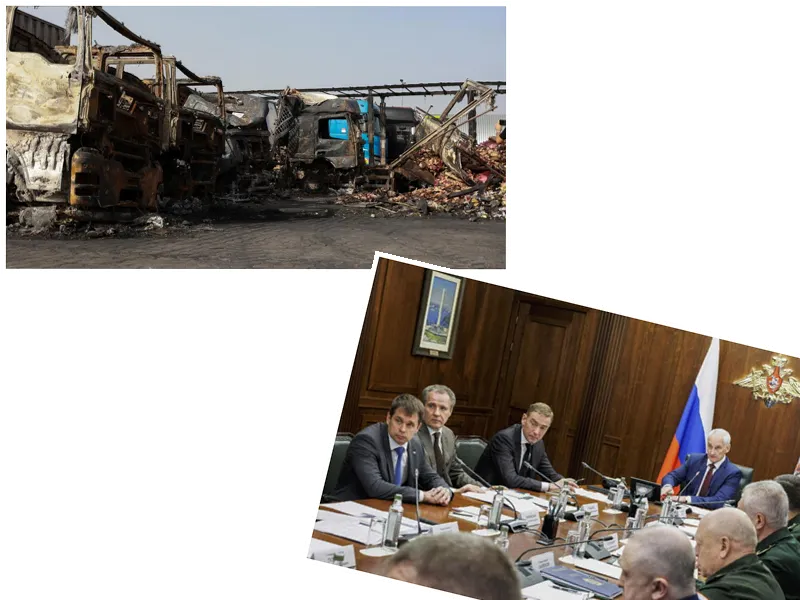Russia Claims Successful Defense Against Ukrainian Drone Attacks
On October 7, 2024, the Russian Defense Ministry reported that its forces shot down 21 Ukrainian drones overnight, with 12 of these intercepted over Crimea. This latest claim comes amidst ongoing tensions and military actions in the region. The ministry stated, "Attempts by the Kiev regime to commit terrorist attacks with aerial drones against sites on Russian territory were prevented." In addition to the drones downed in Crimea, six were intercepted over the Kursk region, which has been a focal point of Ukrainian offensives since early August. Other drones were neutralized in the Belgorod, Briansk, and Voronezh regions, all bordering Ukraine. Fortunately, there were no immediate reports of casualties or significant damage from these incidents.
The night also saw a fire at an oil depot in Feodosia, Crimea, although authorities have not linked this incident to the drone attacks. Emergency services were dispatched to manage the situation, and a state of emergency was declared in the area. This incident is part of a broader pattern, as Kyiv continues to conduct drone strikes targeting Russian energy sites in retaliation for ongoing bombings across Ukraine.
Rising Casualties and Economic Strain in the Ukraine Conflict
As the war drags on, both Russia and Ukraine continue to face severe casualties. Recent reports from Kyiv indicate that Russian military losses have surpassed 661,000, with approximately 1,160 reported killed or seriously injured in the past 24 hours alone. These figures, while not officially confirmed by Russia, highlight the heavy toll the conflict is taking on both nations.
In a separate analysis, it was noted that Russian President Vladimir Putin is preparing for a prolonged military engagement in Ukraine, planning to allocate nearly 40% of government spending to defense in 2025. This increase in military expenditure raises concerns about the sustainability of Russia's economy, which is already grappling with inflation and budgetary constraints.
Moreover, the use of advanced weaponry, including suspected vacuum bombs in attacks such as those on Vovchansk, underscores the brutal nature of the conflict. These weapons have devastating effects, capable of penetrating fortified structures and causing significant loss of life. The ongoing war not only impacts military personnel but also civilians caught in the crossfire, as evidenced by the destruction in towns like Vovchansk.
As the situation evolves, both nations remain locked in a cycle of violence, with no clear resolution in sight, while the economic implications of sustained military engagement continue to mount.





